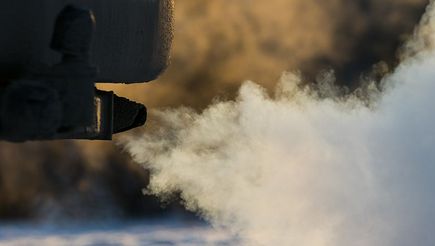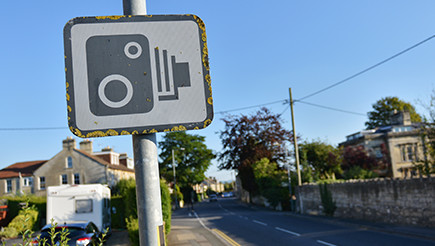From 20 May 2018, MOT tests are changing, affecting all vehicles in England, Wales and Scotland.
Some 49% of vans already fail their MOT test first time, largely because of a range of preventable problems. So before the new changes catch you off guard, it's worth getting to grips with the new rules now so you can keep your fleet on the road and your business running.
Fresh format
Under the new rules, MOT advisory notes or ‘advisories’ are being given a back seat. If there’s some potential issue on your van that you may need to keep an eye on then advisories may still appear, but most defects will now come under one of three categories:
- Minor. One up from an advisory, ‘minors’ have 'no significant effect on the safety of the vehicle or impact on the environment', but you’re still expected to repair them as soon as possible.
- Major. These 'affect the vehicle’s safety, put other road users at risk or have an impact on the environment'. A single ‘major’ will trigger a fail, and you’ll need to fix it immediately.
- Dangerous. Another immediate fail, these are faults with a 'direct and immediate risk to road safety' or 'serious impact on the environment'. Get one and it’s illegal to drive the vehicle until it’s repaired.
The DVSA is also redesigning the MOT certificate so it’s easier to understand. Samples are available on gov.uk.
New items
The DVSA has also added new areas for testers to examine. Just like the format change, they’ll apply to every vehicle being tested. They are:
- Tyres. It’s not just wear and tear you need to check any more – underinflated tyres will also be marked as a defect.
- Leaks. Any fluid leaks 'posing an environmental risk' will also be a mark against you under the new test, so check under the vehicle.
- Brakes. You'll need to look for missing brake pad/discs or active brake-pad warning lights.
- Brake fluid. The new MOT will look for contamination, as well as levels. Your garage can test this by checking the boiling point, but manufacturers recommend changing it every two years anyway. So if it’s been longer, it’s worth refreshing your brake fluid.
Several additional checks will also apply to newer vehicles. They are:
- Reverse lights and headlight washers. Checked on vehicles first used after 1 September 2009.
- Daytime running lights. Only applied to vehicles first used on or after 1 March 2018.
Diesel additions
The recent concerns about the environmental impact of diesel has had an affect on the new MOT changes. Since 96% of vans are currently diesel, these changes will affect a disproportionate number of fleet owners.
- Emissions levels. These must meet manufacturer plate values for the vehicle model.
- Exhaust smoke. Smoke of any colour coming from the exhaust results in a major fault.
- Diesel particulate filter (DPF). Any evidence of the DPF being removed or tampered with is also a major fault.
To eliminate (or avoid) emissions and exhaust smoke, the DPF must be clean. This can be done ‘passively’, by driving at a constant speed above 40mph for over 15 minutes to burn off soot. If that doesn’t work, a mechanic will need to actively clean it. Remember to keep the receipt to prove the DPF was removed for a legitimate reason.






